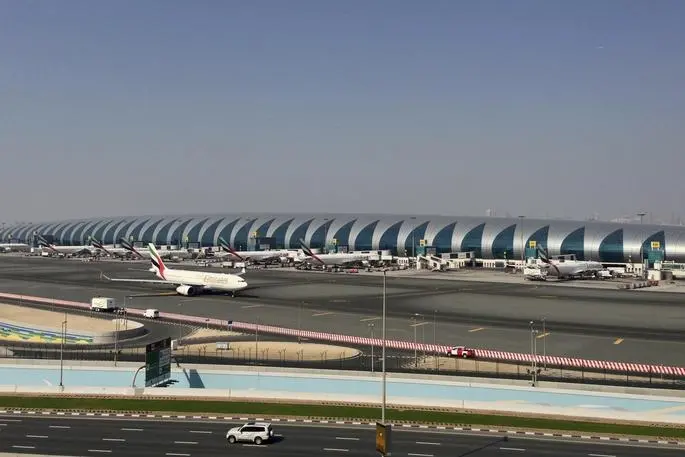PHOTO
15 May 2017
Privatisation plays an important role in eliminating airport infrastructure bottleneck as passenger volumes continue to grow and airlines expand their fleets, according to a new report.
“The benefits of airport privatisation, if managed diligently, can be significant. After a lull, airport privatisations became active again between 2012 and 2015, with the most substantial activity seen in South America, the Middle East and Europe," says Jeff Youssef, Partner, Oliver Wyman Middle East, who co-authored the report – Leveraging the Private Sector to Improve Airport Infrastructure.
“The predicted exponential growth in passenger volumes worldwide will require improvements and expansions of aviation infrastructures for many years to come. Privatisation will be a key tool in securing funding for these projects.”
The Middle East is expected to lead passenger growth in the world during the next two decades with about 258 million additional passengers estimated to travel a year on routes to, from and within the region by 2035, a growth of 5 per cent in 20 years from now, according to a report by International Air Transport Association (IATA) last year.
Middle East carriers, which include three fast growing Gulf airlines, witnessed the fastest year-on-year growth in terms of international revenue passenger kilometers (RPKs) so far this year, IATA said earlier this month.
Youssef noted that if governments consider airport privatisations as the answer to funding the improvement and expansion of airports, they need to start acting now.
“An eventual rush in the future to speed up the process could compromise the success of transactions,” he said. “If traffic levels continue to rise as projected, acting too late could mean falling behind other countries. This would create a gap that is difficult to close. Our recommendation is to start now to assess the needs of a privatisation process, and to prepare for the challenges in the years to come.”
Privatisation plays an important role in eliminating airport infrastructure bottleneck as passenger volumes continue to grow and airlines expand their fleets, according to a new report.
“The benefits of airport privatisation, if managed diligently, can be significant. After a lull, airport privatisations became active again between 2012 and 2015, with the most substantial activity seen in South America, the Middle East and Europe," says Jeff Youssef, Partner, Oliver Wyman Middle East, who co-authored the report – Leveraging the Private Sector to Improve Airport Infrastructure.
“The predicted exponential growth in passenger volumes worldwide will require improvements and expansions of aviation infrastructures for many years to come. Privatisation will be a key tool in securing funding for these projects.”
The Middle East is expected to lead passenger growth in the world during the next two decades with about 258 million additional passengers estimated to travel a year on routes to, from and within the region by 2035, a growth of 5 per cent in 20 years from now, according to a report by International Air Transport Association (IATA) last year.
Middle East carriers, which include three fast growing Gulf airlines, witnessed the fastest year-on-year growth in terms of international revenue passenger kilometers (RPKs) so far this year, IATA said earlier this month.
Youssef noted that if governments consider airport privatisations as the answer to funding the improvement and expansion of airports, they need to start acting now.
“An eventual rush in the future to speed up the process could compromise the success of transactions,” he said. “If traffic levels continue to rise as projected, acting too late could mean falling behind other countries. This would create a gap that is difficult to close. Our recommendation is to start now to assess the needs of a privatisation process, and to prepare for the challenges in the years to come.”












